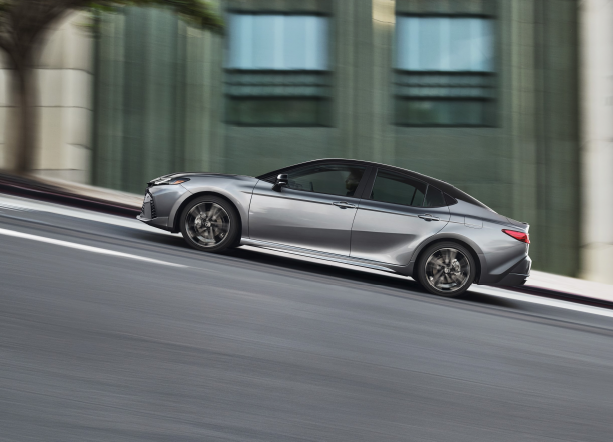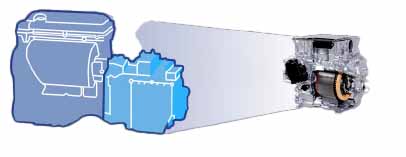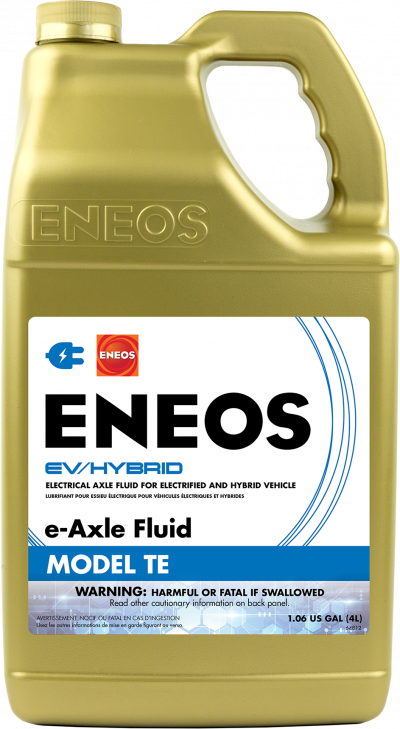
DYK About e-Axle Models and Maintenance?
Now that we’ve talked about e-Axle component technology in the previous article, let’s take a look at the new fluid, the vehicle applications and maintenance requirements.
Regarding applications, Toyota had been using WS ATF in the hybrid CVTs through the 2022 year models. But starting in 2023, they’ve moved to e-Axle TE Fluid and, just as with ATF WS, ENEOS is a factory fill fluid supplier.
More background about these fluids:
- Toyota ATF WS
- Stands for World Standard.
- It’s a conventional automatic transmission fluid (ATF) formulated for Toyota’s stepped automatic transmissions and some hybrid transaxles.
- Designed for use in systems with clutches, torque converters, and hydraulic control.

- ENEOS e-Axle Fluid
- A newer type of lubricant designed specifically for electric drive units (e-Axles) used in hybrid and battery-electric vehicles.
- Prioritizes low viscosity, electrical compatibility (with copper windings and insulation), and cooling for electric motors and inverters inside the axle housing.
- Not interchangeable with ATF WS — it has a different additive package and electrical insulation properties.

For the ‘23-25 model years of Toyota BZ4X, Camry, Corolla, Crown, Grand Highlander, and Prius, they use Toyota e-Transaxle Fluid TE and ENEOS e-Axle Fluid TE [#3010-311] is the approved equivalent to fill that requirement.
Although Toyota doesn’t specifically call for scheduled fluid changes, there is quite a lot of service opportunities for all the models listed above because, just as with the ATF “under normal driving conditions” guideline, most vehicles are driven under what the manufacturers list as severe: towing, short trips, deliveries, stop/go conditions, or heavy loads.
Recommendations
- If you’re using the vehicle under normal conditions, there’s no strict requirement from Toyota to change the fluid. But many owners still prefer a drain-and-fill every 40,000–60,000 miles as a preventive measure.
- If your use falls under special or severe conditions (e.g., lots of start/stop driving, heavy loads, short trips, towing), consider more frequent changes—around 40,000 miles or every 3 years is commonly recommended.
- If convenience and long-term vehicle health are your priorities, a proactive schedule like first change at 30k miles, then every 40–60k thereafter strikes a practical balance.

Additionally, with the launch of ENEOS One Drop Test Cards (check with your ENEOS sales rep for details), you have a way to test this fluid to insure that it is being changed when needed to keep the vehicle in top condition.
